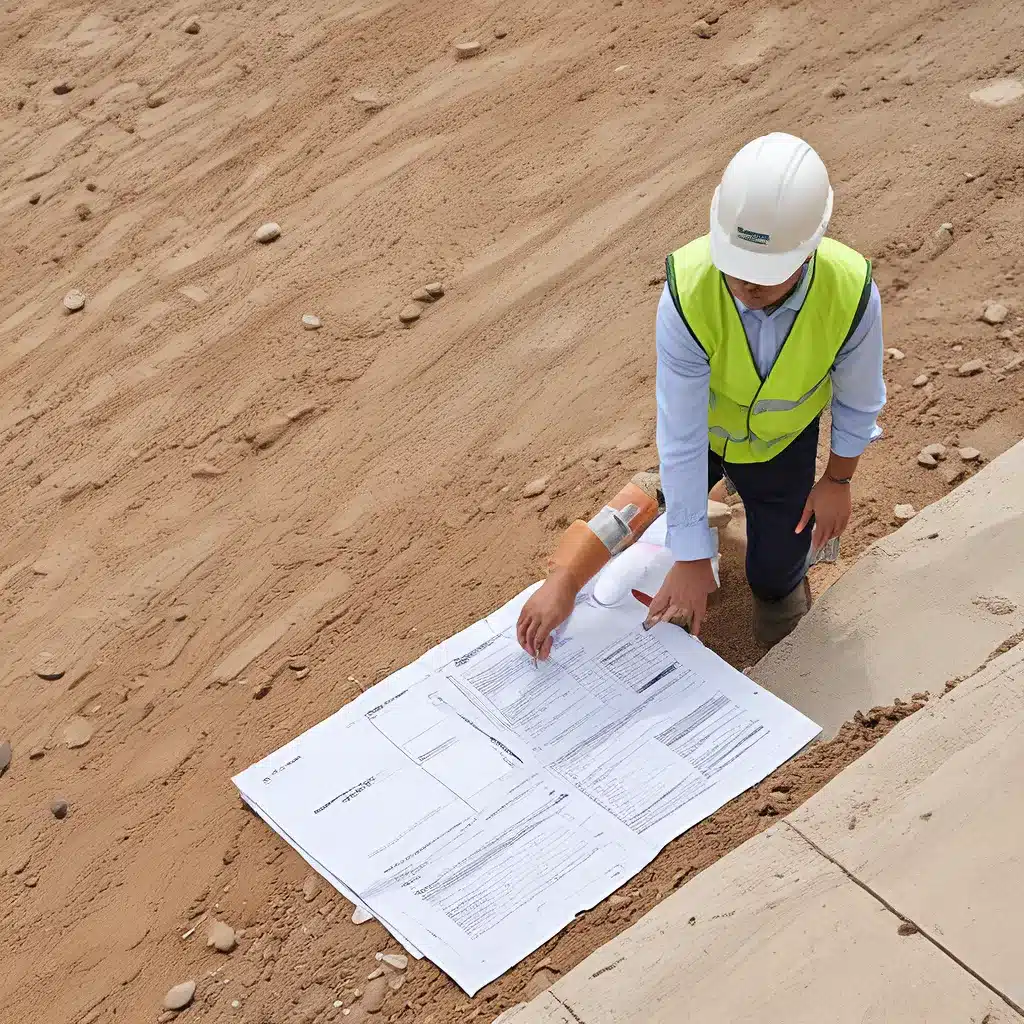
Are you ready to embark on a wild ride through the evolving world of sustainable construction? Buckle up, because I’m about to take you on a journey that’ll make your hard hat spin!
As a general contractor, I’ve witnessed firsthand the construction industry’s dramatic shift towards eco-friendly practices. It’s been a roller coaster of change, but let me tell you, the view from the top is absolutely breathtaking.
The Green Building Revolution
Back in the day, the construction world was a veritable Wild West – we were guzzling energy, gobbling up resources, and leaving behind a trail of environmental destruction that would make a dinosaur blush. But then, something incredible happened. The green building movement emerged, like a phoenix rising from the ashes of our wasteful ways.
According to the EPA, green building is the practice of creating structures and using processes that are environmentally responsible and resource-efficient throughout a building’s life-cycle. Essentially, we’re talking about building homes and commercial spaces that are kinder to Mother Nature.
Now, I know what you’re thinking – “Isn’t that going to cost an arm and a leg?” Well, my friend, the times, they are a-changin’. Thanks to advancements in technology and materials, the cost of sustainable construction has come down significantly in recent years. In fact, the Construction21.org article states that “the cost required in building such structures may be initially higher than the traditional non-renewable forms of architecture, these efficient layouts can save corporate and building owners down the line.”
Embracing the Sustainable Mindset
As a general contractor, I’ve had to adapt my way of thinking to keep up with the green building revolution. It’s no longer just about slapping up a structure and calling it a day. Now, it’s all about considering the environmental impact of every decision we make.
At my company, we’ve implemented a sustainability-first approach that permeates every aspect of our projects. From sourcing eco-friendly materials to optimizing energy efficiency, we’re constantly exploring new ways to reduce our carbon footprint.
Sustainable Materials: One of the biggest game-changers in the construction industry has been the emergence of renewable and recycled building materials. Gone are the days of relying solely on energy-intensive, non-renewable resources. Now, we have access to a whole suite of biocomposites and other innovative materials that are just as durable and reliable as their traditional counterparts, but with a much smaller environmental impact.
Energy Efficiency: Another crucial element of sustainable construction is energy efficiency. We’re talking about designing buildings that harness the power of the sun, wind, and water to meet their energy needs. Think passive solar design, geothermal heating and cooling, and solar panels galore. Not only does this help reduce our reliance on fossil fuels, but it also translates to lower utility bills for our clients.
Water Conservation: Let’s not forget about the precious resource that makes up 71% of our planet’s surface – water. Sustainable construction practices include implementing water-saving features like low-flow fixtures, rainwater harvesting systems, and drought-resistant landscaping. It’s all about maximizing efficiency and minimizing waste.
The Benefits of Going Green
As we dive deeper into the world of sustainable construction, it’s becoming increasingly clear that the benefits are far-reaching and profound. It’s not just about saving the planet – it’s about creating healthier, more comfortable, and more cost-effective buildings for everyone involved.
Environmental Impact: Perhaps the most obvious benefit of green building is the positive impact it has on the environment. By reducing energy consumption, minimizing waste, and using renewable resources, we’re actively combating climate change and preserving the natural world for generations to come. As the Springer article notes, “the construction industry has already caused unfathomable damage to the environment,” which is why the need for sustainability in this sector is so crucial.
Occupant Health and Well-being: But the benefits of sustainable construction don’t stop at the environment. According to Construction21.org, “occupants residing or working in sustainable buildings have experienced a noticeable improvement in their health, stress levels, and overall quality of life.” By prioritizing factors like indoor air quality, natural lighting, and ergonomic design, we’re creating spaces that truly nourish the mind, body, and soul.
Economic Advantages: And let’s not forget about the economic perks of going green. Sustainable construction not only helps to boost the local economy by creating jobs, but it also leads to significant cost savings for building owners and operators. As the article states, “Reduced maintenance and operational costs mean huge savings invested elsewhere such as higher employee wages or product development.”
The Road Ahead
As I look to the future, I can’t help but feel a sense of excitement and wonder. The construction industry is on the cusp of a revolutionary transformation, and I’m thrilled to be a part of it.
Sure, there will be challenges along the way – new technologies to master, regulations to navigate, and skeptics to convince. But the way I see it, the rewards far outweigh the risks. By embracing sustainable construction practices, we’re not only protecting the planet, but we’re also creating a better future for all.
So, who’s ready to join me on this wild ride? Let’s roll up our sleeves, put on our thinking caps, and show the world that the construction industry can be a force for good. After all, at my company, we’re not just building structures – we’re building a better tomorrow.
Related posts:
No related posts.




